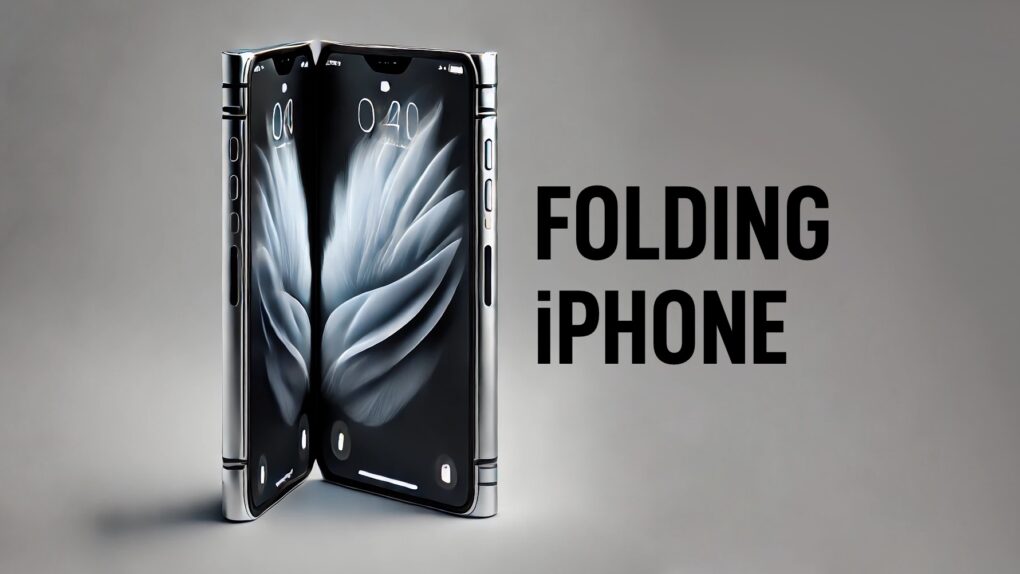Apple supposedly will switch to a two-pronged iPhone release strategy due to intense competition, especially in China. The move will give more media attention to newer models, like the upcoming iPhone Air and foldable iPhone.
In a note Monday, TF International Securities analyst Ming-Chi Kuo predicted Apple will launch its second-gen foldable and the “iPhone 19 Slim” with a bigger display in H2 2027.
iPhone 18 Air and second-gen foldable iPhone coming in 2027
In recent years, Apple established a familiar cycle with its iPhone launches. Regular and Pro models arrive in the fall, with occasional budget models or additional colors for existing models in the spring. Facing increased competition for its most profitable device line, Apple apparently plans to shake things up next year.
Kuo’s note expands upon a weekend report from The Information that indicated Apple will modify the iPhone launch cycle in 2026. Instead of releasing the regular, Pro, Air and Fold models simultaneously, the company supposedly will move the regular iPhone 18’s launch to spring 2027.
Kuo provided more insight into the possible iPhone launch cycle. He said Apple will launch the iPhone 17 Pro Max, iPhone 17 Pro, iPhone 17 Air/Slim and iPhone 17 later this year. Then, in spring 2026, the company will release the iPhone 17e, a follow-up to the successful iPhone 16e. Going forward, the company will split the iPhone launch between the Pro/Fold/Air and non-Pro models.
- 2H26: iPhone Foldable, iPhone 18 Pro Max, iPhone 18 Pro, iPhone 18 Slim
- 1H27: iPhone 18, iPhone 18e
- 2H27: iPhone Foldable 2 (already kicked off), iPhone 19 Pro Max, iPhone 19 Pro, iPhone 19 Slim (with a larger display vs. 18 Slim)
Kuo’s prediction also suggests the foldable iPhone will follow a yearly release cycle, with the second-gen model debuting a year after the first.
Intense competition leads Apple to tweak iPhone release timeline
Kuo thinks Apple will adopt this split iPhone launch strategy in response to rising international competition. Most major Android manufacturers host at least two major launch events each year — one in the first half and another in the second — to unveil their flagship devices.
With new iPhones launching later in the year, this gives flagship Android phones a sales cycle advantage. By tweaking the release timeframe, Apple could negate this advantage to a great extent.
Firstly, the move would give the company’s expensive and premium phones more media spotlight, boosting revenues. Secondly, the budget-oriented models wouldn’t be overshadowed by their premium siblings.


